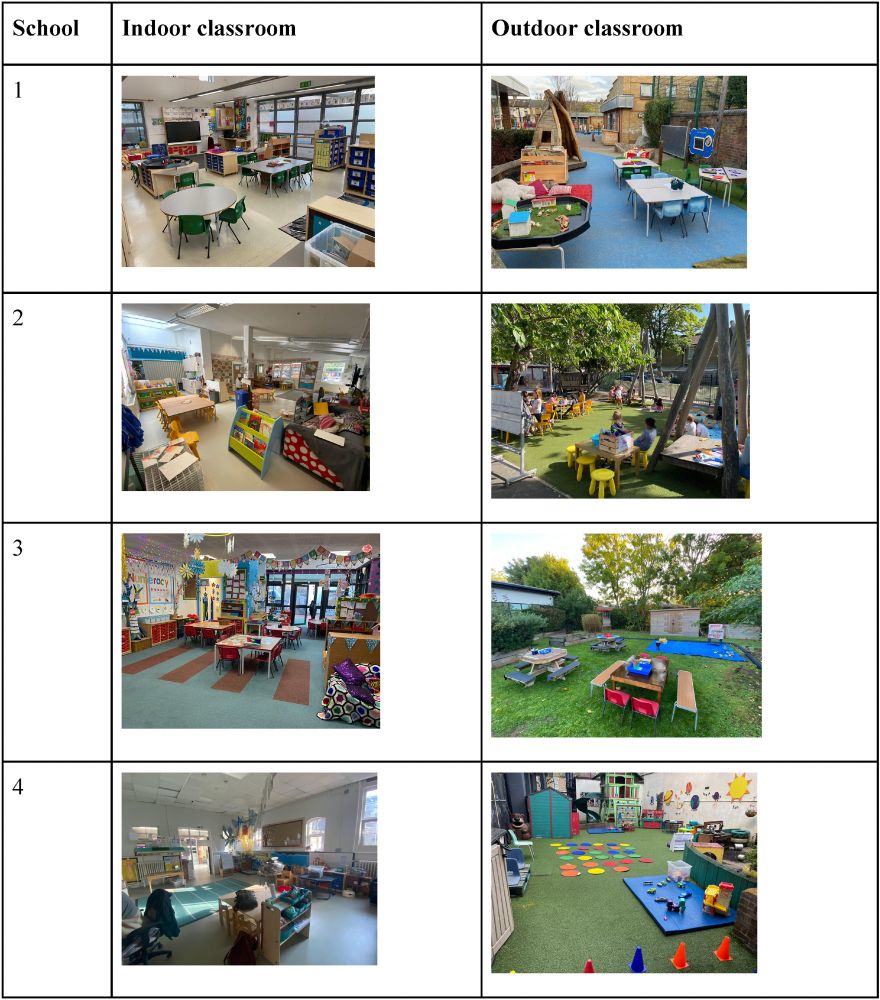Full report here: www.booktrust.org.uk/about-us/rea...
Video here: www.youtube.com/watch?v=vOry...

Full report here: www.booktrust.org.uk/about-us/rea...
Video here: www.youtube.com/watch?v=vOry...

by exaggerating mouth movements helps young children to hear the differences between words. It also helps if your child can see your mouth while you’re talking. DOI: 10.1111/j.1467-7687.2010.01004.x

by exaggerating mouth movements helps young children to hear the differences between words. It also helps if your child can see your mouth while you’re talking. DOI: 10.1111/j.1467-7687.2010.01004.x
rhythmic structure can help to nudge a child’s brain rhythms, which naturally are more irregular, into more stable adult-like rhythms, which helps language processing. doi.org/10.1016/j.dc...

rhythmic structure can help to nudge a child’s brain rhythms, which naturally are more irregular, into more stable adult-like rhythms, which helps language processing. doi.org/10.1016/j.dc...


@booktrust.org.uk's Reading Rights report today with
@frankcottrellboyce.bsky.social, here are six neuroscience-informed tips for sharing books with young children 👇

@booktrust.org.uk's Reading Rights report today with
@frankcottrellboyce.bsky.social, here are six neuroscience-informed tips for sharing books with young children 👇
@jan_dubiel
www.sciencedirect.com/science/arti...

@jan_dubiel
www.sciencedirect.com/science/arti...
@LeverhulmeTrust for new project measuring how young brains respond to screen media in real time. With @JuliaDavidson13, Rachel Barr,
@jessen_sarah, @MarriottIra, PLabendzki

@LeverhulmeTrust for new project measuring how young brains respond to screen media in real time. With @JuliaDavidson13, Rachel Barr,
@jessen_sarah, @MarriottIra, PLabendzki





with Louise Goupil, @EmilyDevNeuro and team from
@UEL_BabyDevLab
DOI: 10.13140/RG.2.2.26638.47686

with Louise Goupil, @EmilyDevNeuro and team from
@UEL_BabyDevLab
DOI: 10.13140/RG.2.2.26638.47686
www.nurseryworld.co.uk/content/feat...

www.nurseryworld.co.uk/content/feat...

Free @EYAlliance sessions for parents of 0-5s
Thurs 13 Feb to Sat 15 Feb
www.familycorner.co.uk/home-where-s...

Free @EYAlliance sessions for parents of 0-5s
Thurs 13 Feb to Sat 15 Feb
www.familycorner.co.uk/home-where-s...


